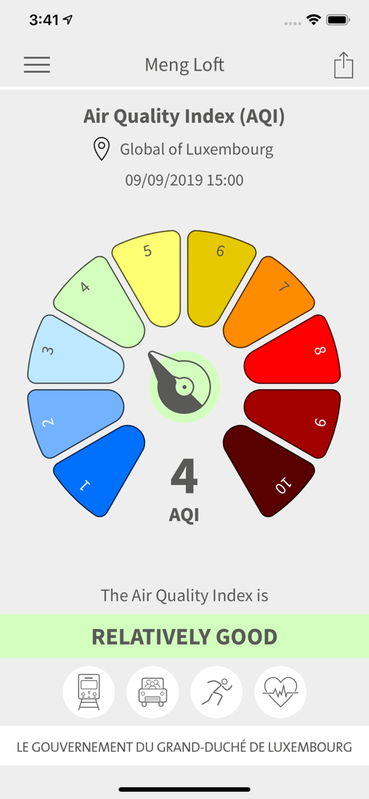
Air Quality - Biomonitoring network
Description
To limit the impact of atmospheric pollution, it is important to assess its emissions and fallout.
Living organisms such as mosses, kale and grasses are used to assess the impact of pollution in specific locations. Their characteristics make them particularly sensitive to the atmosphere around them. Subjected to excessive pollution, they react or are even likely to disappear in this environment, and can therefore be used as indicators of air quality.
The specific bioindicators used in Luxembourg detect the presence of organic pollutants and heavy metals in the air by quantitative accumulation. These bioindicators, particularly leafy vegetables, trap these particles, which can only be partially eliminated by washing (rain, tap water before consumption).
Producer
Latest update
April 5, 2025
License
Metadata quality:
Data description filled
Files documented
License filled
Update frequency followed
File formats are open
Temporal coverage not set
Spatial coverage not set
All files are available
Metadata quality
Temporal coverage not set
Spatial coverage not set
1 Reuse

There are no discussions for this dataset yet.
There are no community resources for this dataset yet.
Information
Tags
License
ID
5f031d4cd2bfb238eb71a222
Temporality
Creation
July 6, 2020
Frequency
Annual
Latest update
April 5, 2025
